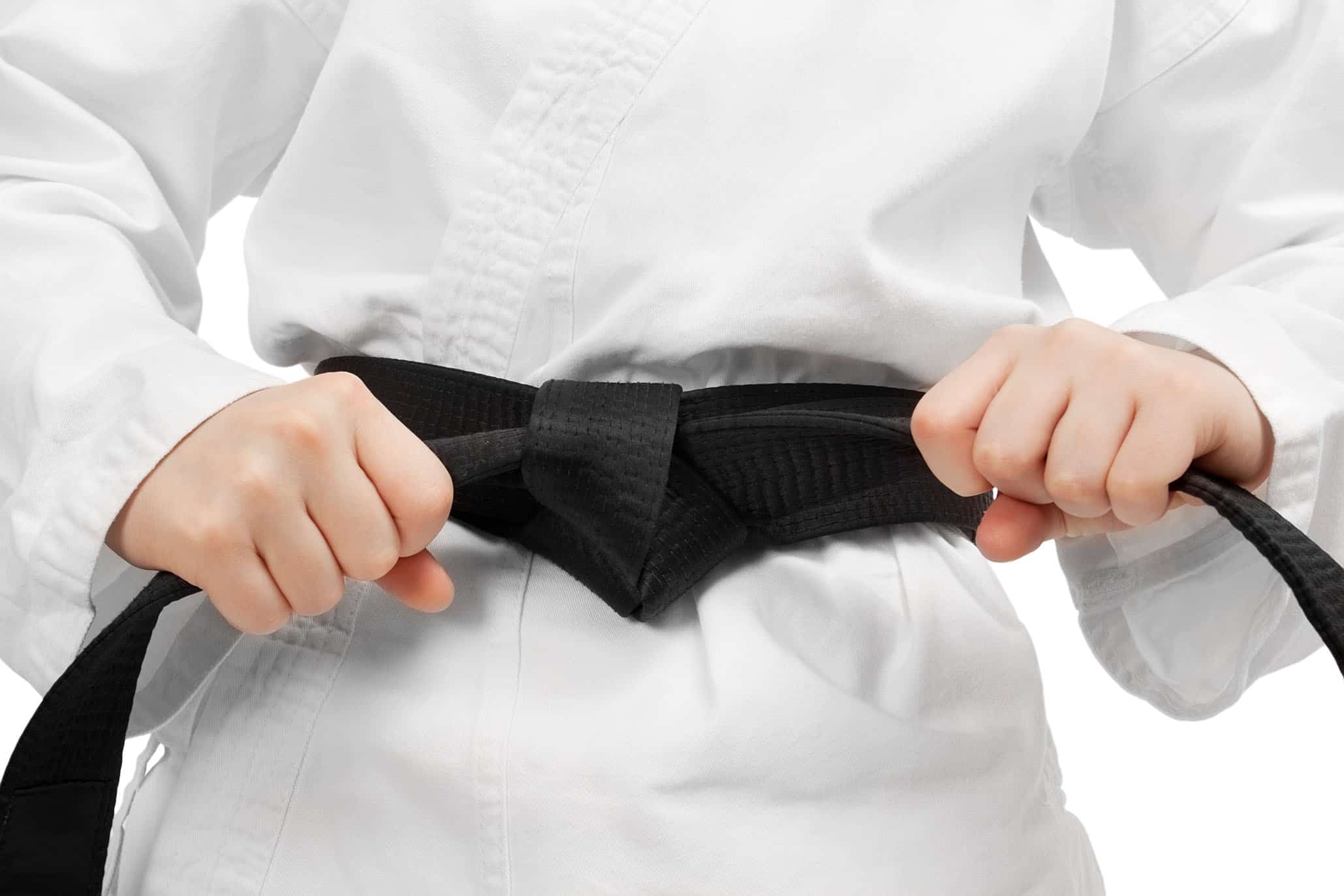You may be wondering about the meaning of the various martial arts belts. There are many things to consider, such as the meaning of the belt color, kyu/dan system, and the origin of karate belts. Each of these topics will be discussed in detail in this article. We’ll also be discussing the different types of martial art belts, and the rank progression that most martial arts artists follow.
Progression in rank
In a martial arts school, you’ll be taught to progress through the belt ranks in order to show your mastery of the art. This is a process that develops confidence, strength, knowledge, and skills. To attain the rank, students will need knowledge about black belt requirements. After you have earned your first blue belt, you will move on to the next stage – black belt. In order to defend yourself successfully, you will need a keen eye on your timing and movements.
There are many styles of the system for advancing to the rank of a martial arts belt. The lowest belt rank, or “gup,” is called “gup,” while the top belt level is “kyu.” The style will determine which belt rank is given. Martial arts schools generally use the Gup or Kyu systems. In these systems, a person would rank 10th Gup while a blackbelt would be 1stdan. The current system of belts was adopted after World War II and is widely used in all styles.
Meaning of belt colours
There are many styles of martial arts, but the basic reason for jiu jitsu melbourne colors of belts is that they reflect a disciple’s level of knowledge and development. The black belt, for example, represents an expert in the art, while a white belt indicates a beginner. However, there are many other types of belts, and the order of these colors does not necessarily reflect one’s skill level.
White is the first colour of a martial art belt. It represents the beginning of a new life, as well as the growing sun. This belt is a sign of an individual’s willingness, and ability, to excel in the art. Orange, on the other hand, is a strong sun. A student with an orange belt is ready to develop further. Green represents the growth of a plant. A green belt, on other hand, indicates that a student is proficient in basic techniques, such blocks and strikes.
Meaning of kyu / dan system
The kyu/dan system in Japanese martial arts is used to measure one’s progress towards mastery. The kyu/dan ranking system is similar to the Go system. It is based on degrees. Black belts are Kyu levels, for instance. On the left side of the rank wheel, the higher one’s kyu is, the closer he is to the master level.
Although the dan system of martial arts is Japanese, it has been adopted by many other styles. The black belt symbol denotes highly-trained skills. Dan-rank practitioners usually wear it. Okinawan Isshinryu Karate has been practiced in the United States. This is an exception. This style has been teaching thousands of students in the US since 1957, and many practitioners are legitimately 10th dans in the system.
In the 16th century, a Japanese school system introduced a ranking system called menkyo. These were calligraphed rolling that indicated the technical transmission and mental transmission of the art. These are still used in traditional schools. Jigoro Kano was the founder of Judo. He modernized the kyu/dan system within the Dai Nippon Butoku Kai. The kyu/dan system eventually spread throughout the martial arts world, with the renegade jujitsu ranked as 9 Dan.
Origin of karate belts
The history of martial arts belts began in Japan, where Dr. Jigoro Kano was the founder of modern Judo. He invented the colored belt system. It recognizes student’s advancement through the color of their belt. Around 1880 were the first black belts. Gichin Funakoshi was an Okinawan gentleman and instructor of Judo as well as Okinawan karate. He then began to rank belts.
The early 20th century saw the first use of martial arts belts. To hold the swords and samurai swords, obi (belts), were worn over kimono in Japan. Kano later added three ranks to his black belt belt. European martial artists adopted a color code system for belts. This introduced white, yellow and orange to the martial art community.
